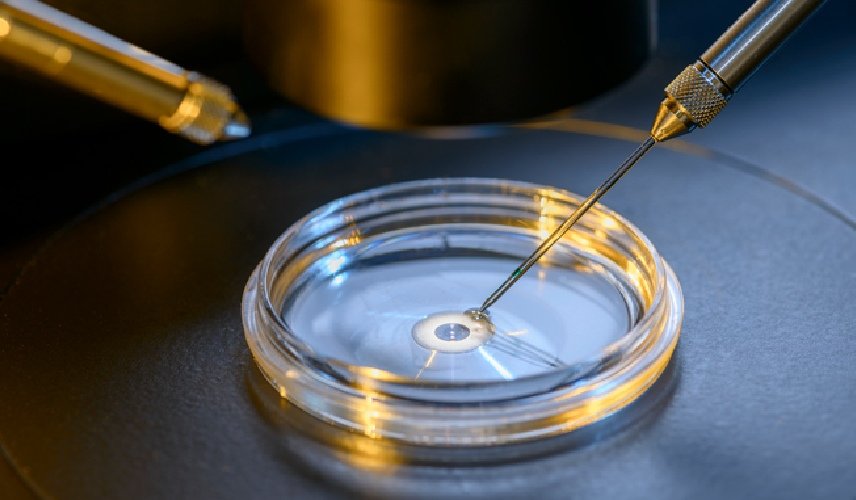What is Blastocyst Transfer?
Development of embryos passes through various stages of development in the laboratory . Develpoment process happens over 5 to 6 days after fertilisation. These stages are stages of cleavage, morula formation, and blastocyst stage. Generally, a fully expanded blastocyst is formed on day 5 after fertilisation. In some cases, it is also formed on day 6 after fertilisation.
Embryos are transferred either at cleavage stage or at blastocyst stage. The process of implantation generally happens at blastocyst stage. Over years blastocyst transfer has become a preferred embryo transfer stage . Advantages of blastocyst transfer are-
- Blastocyst transfer is more in synchronisation with endometrial lining and its growth and development than cleavage stage embryo.
- Blastocyst stage in itself provides a method of auto selection of embryos as not all embryos make up to blastocyst stage.
- Blastocyst transfer has better implantation rates and hence, better pregnancy rates than cleavage state embryos.
- The risk of ectopic pregnancy is less with blastocyst stage embryos than cleavage stage embryos.
Dr. Puneet Arora is one of the best fertility specialists in Gurugram, India with a successful career of more than 20 years. Dr. Puneet is an expert in this field and is one of the best Fertility specialist and Gynecologist in Delhi/NCR. – She may explain more about Blastocyst in case you wish to discuss further.


